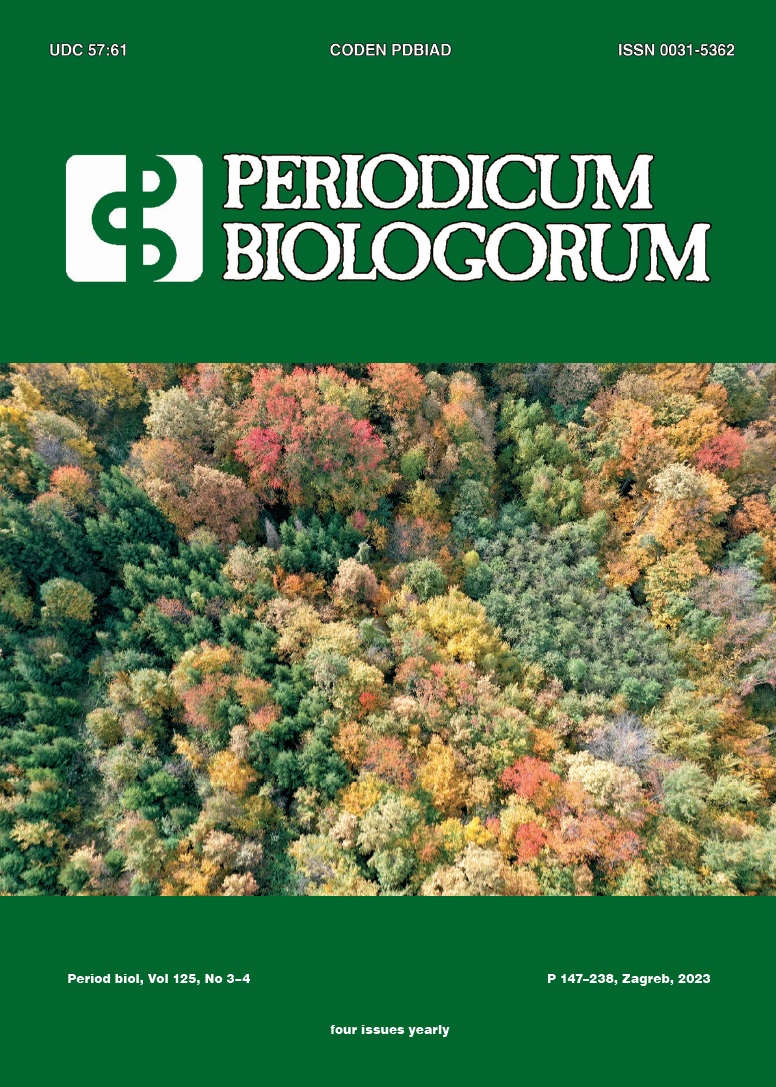Screening the antimicrobial, cytotoxic and hemolytic effects of skin-parotoid gland secretions of 13 taxa from six species and one hybrid population of Anatolian endemic Lycian salamanders (Genus: Lyciasalamandra)
Bioactivity screening of Lycian salamanders’ skin-parotoid gland secretions
DOI:
https://doi.org/10.18054/pb.v125i3-4.26104Abstract
Background and purpose: The diverse bioactive content in the skin and parotoid glands of amphibians makes them unique and highly potential sources for pharmacological developments. The main aim of the study is to determine the total protein amounts, in vitro cytotoxicities, antimicrobial activities and hemolytic effects of skin-parotoid secretions of these endemic Lycian salamanders (Genus: Lyciasalamandra).
Materials and methods: Lycian salamander specimens of 13 taxa from six species and one hybrid population are collected from southwestern Anatolia. Skin-parotoid secretions were obtained, clarified, supernatants snapfrozen then lyophilized. Total protein amounts were determined by BCA assay kit. The cytotoxicity was determined on eight different cell lines (one healthy and seven cancerous) using MTT assay. The antimicrobial activity was assesed using 11 different microorganisms (nine bacteria and two yeast) from six genus by MIC method. Hemolytic effects were measured on rabbit red blood cells.
Results: Lycian salamanders’ skin-parotoid gland secretions showed variable cytotoxic effects on all cell lines with IC50 values from 5.41 ± 0.17 μg/ml to ineffective. MIC results of antimicrobial activity tests were also variable and from 3.9 μg/mL to non-effective. Studied skin-parotoid secretions have no hemolytic activities on rabbit red blood cells at concentrations of 0.5, 5 and 50 μg/mL.
Conclusions: Skin-parotoid gland secretions of Anatolian endemic Lycian salamanders have sufficient and remarkable therapeutic potential to be candidate sources of natural and biologically active substances for novel drug discoveries.
Downloads
Published
Issue
Section
License
The contents of PERIODICUM BIOLOGORUM may be reproduced without permission provided that credit is given to the journal. It is the author’s responsibility to obtain permission to reproduce illustrations, tables, etc. from other publications.


